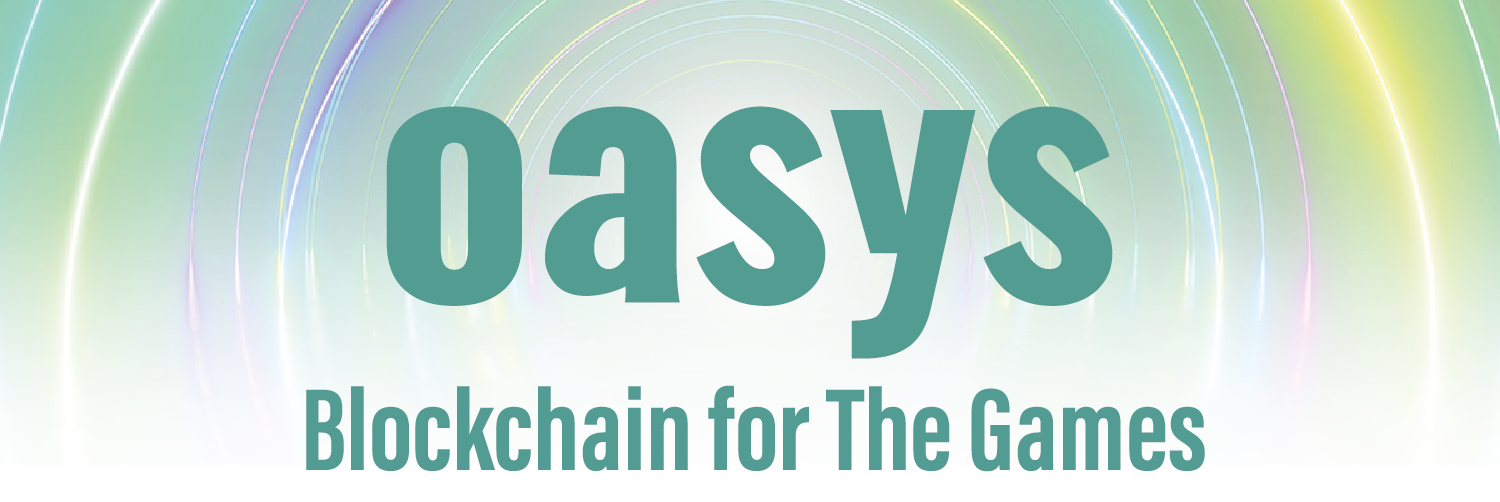2-1. Vision
From Metaverse to Multiverse
 In 2021, the NFT market exploded from the beginning of the year, followed by the rapid growth of blockchain games. The word and concept of Metaverse also went viral after a particular big tech company changed its name in November.
In 2021, the NFT market exploded from the beginning of the year, followed by the rapid growth of blockchain games. The word and concept of Metaverse also went viral after a particular big tech company changed its name in November.
Nowadays, millions of people use the term, Metaverse, to describe the Digital World in 3D space, VR, Social Communities and more. This possibly means each company, game, and content creator may have a different view of the digital world; thus, we can expect different Metaverses in numerous forms can be built.
From a user’s perspective, we can imagine a future where we go into different Metaverses throughout the day, just like we use social media in our everyday life. This is what we call the Multiverse Era.
In this future of multiverses, you can express your identity through avatars, user handles, wearables, or machines you drive, and you’ll be able to use them across all the different Metaverses. This is similar to the worlds you often see in movies and animation.
Leading the World to the Multiverse
There are various issues on interoperability among different Metaverses, which need to be tackled. First and foremost, we need to have a mechanism to guarantee the ownership of digital assets for each Metaverse. The best solution at the moment is to use blockchain and NFT technologies.
How Oasys Contributes to the Multiverse
We believe that blockchain and NFT technologies will play more critical roles in the future of the multiverse. However, the existing Layer 1 blockchain technologies are not sufficiently user-friendly. Extremely slow transactions or high gas fees make the user experience incapable of breaking through to the mainstream and reaching mass adoption. Back in 2018, it wasn’t easy to overcome these challenges. However, by 2021, Layer 2 solutions started becoming available and transactions could be completed at similar speeds as normal servers. As of 2022, most Layer 2 technology solutions are built based on Ethereum, which can transact fast, but at a relatively high gas fee. Therefore, Oasys developed a Layer 1 (Consensus Layer), the EVM public sidechain specialized for games. On the Oasys blockchain, users will rarely use Layer 1 directly because the logic of games will run on Layer 2 (Execution Layer). Game developers can run their own Layer 2 for each Metaverse which will cover all the gas fees for the users. This will allow users to enjoy the Metaverse without worrying about gas fees. Furthermore, we use the environmentally friendly PoS algorithm, which does not require unnecessary power consumption. With Oasys Architecture, game developers can build a Layer 2 Metaverse that is highly usable, flexible, and eco-friendly and as a result, users can enjoy blockchain games with great UX comparable to Web 2 platforms.
Oasys will be the Hub of the Multiverse
The era of the multiverse, Layer 2 technology, the NFT boom, and many other factors have come together at the right time for Oasys. However, these trends alone are not enough to make Oasys a reality; we need the game developers, the gaming community, and most of all, the fans to support us to rebuild the future of gaming.